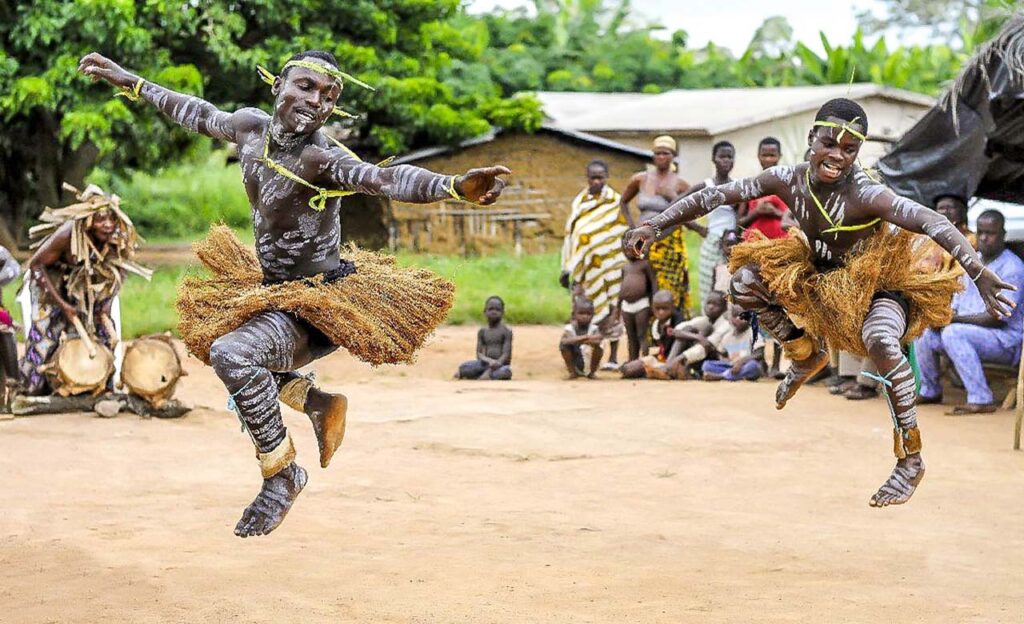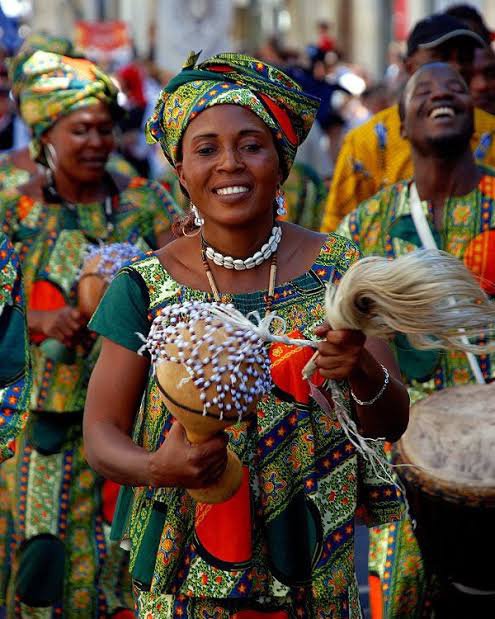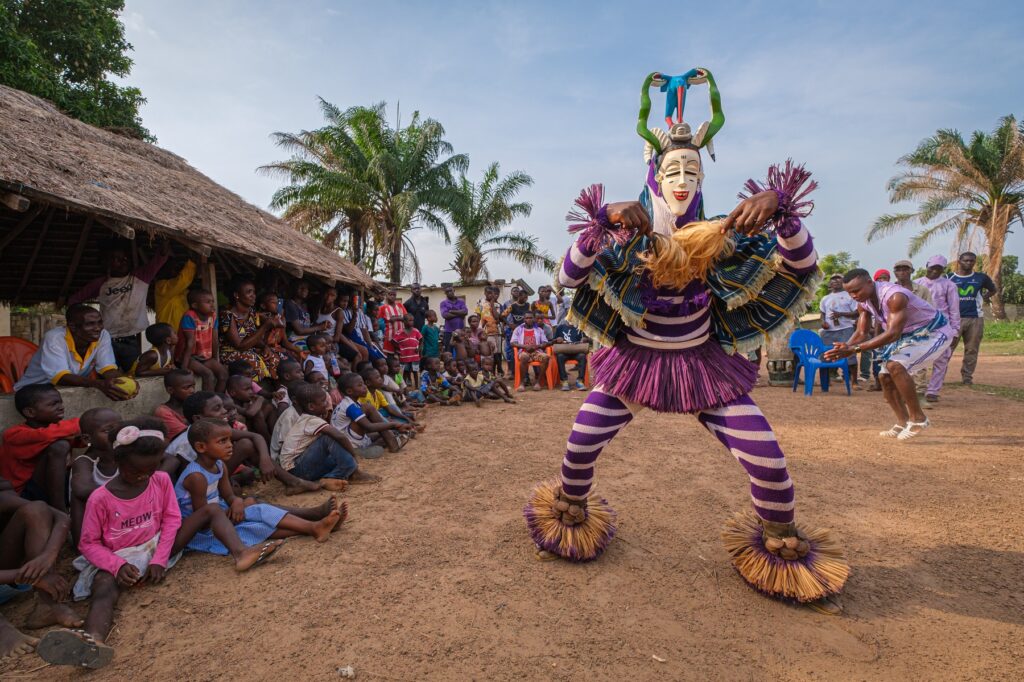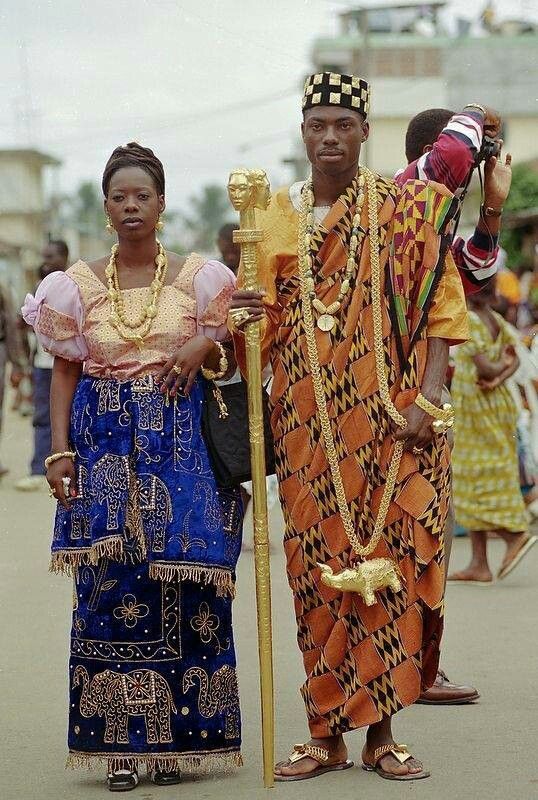Exploring the Diverse Culture of Côte d’Ivoire (Ivory Coast)
Côte d’Ivoire, also known as Ivory Coast, boasts a rich and diverse cultural tapestry that reflects its history, ethnic diversity, and geographic landscapes. Here’s an article that explores the various facets of Ivorian culture:
Côte d’Ivoire, nestled in West Africa, is renowned not only for its natural beauty and economic vitality but also for its vibrant and diverse culture. Home to over 60 ethnic groups, each with its own traditions, languages, and artistic expressions, Ivory Coast offers a captivating mosaic of customs that define its national identity.
Ethnic Diversity and Traditional Practices
At the heart of Ivorian culture lies its ethnic diversity. The country is divided into four main cultural regions: the north, south, east, and west, each characterized by distinct customs and practices.
Northern Region:
Dominated by ethnic groups such as the Senufo, Malinke, and Dioula, the northern region is known for its rich cultural heritage. The Senufo people are renowned for their intricate wood carvings and traditional masks used in ceremonies and celebrations. The Malinke and Dioula, on the other hand, are known for their vibrant music and storytelling traditions, often accompanied by instruments like the balafon (a type of xylophone) and the kora (a harp-like instrument).
Certainly! Here’s a brief overview of the Senufo, Malinke, and Dioula ethnic groups
- Senufo: The Senufo people are known for their intricate wood carvings and masks, which play a significant role in their spiritual and cultural ceremonies.
- Malinke: The Malinke are celebrated for their vibrant musical traditions, characterized by the use of instruments like the balafon and kora, and their rich storytelling heritage.
- Dioula: The Dioula people are renowned traders and artisans, contributing to the cultural diversity of West Africa through their craftsmanship and entrepreneurial spirit in markets across the region.

Southern Region:
The southern region is predominantly inhabited by the Akan ethnic groups, including the Baoulé, Bété, and Agni. The Baoulé are celebrated for their craftsmanship, particularly in jewelry-making and sculpture. Traditional dances such as the Zaouli mask dance, originating from the Guro people, captivate audiences with their graceful movements and intricate masks that embody ancestral spirits.
Here are brief overview about the Baoulé, Bété, and Agni ethnic groups:
- Baoulé: The Baoulé are known for their skilled craftsmanship in jewelry-making and sculpture, often incorporating symbolic motifs that reflect their spiritual beliefs and cultural identity.
- Bété: The Bété people are recognized for their energetic dance traditions and vibrant music, which often accompany their agricultural festivals and social gatherings.
- Agni: The Agni people have a rich cultural heritage that includes traditional governance structures and spiritual practices, contributing to their strong sense of community and identity in southeastern Côte d’Ivoire.
Eastern and Western Regions:
The eastern region is home to groups like the Kru and Dan, known for their distinctive art forms and spiritual practices. The western region, inhabited by the Krou and Gouro among others, is famed for its masquerades and secret societies that play integral roles in community life
Here are brief overview about the Kru and Dan ethnic groups:
- Kru: The Kru people are known for their seafaring skills and coastal traditions, including fishing and trading along the Atlantic coast of West Africa. They have a rich cultural heritage that includes distinctive art forms and spiritual practices.
- Dan: The Dan people are renowned for their intricate wooden masks and sculptures, which are used in traditional rituals and ceremonies. They are skilled artisans known for their craftsmanship and cultural significance in both Côte d’Ivoire and Liberia.

Here are brief overview about the Krou and Gouro ethnic groups:
- Krou: The Krou people are known for their diverse cultural practices, including vibrant masquerades and spiritual ceremonies. They inhabit the western region of Côte d’Ivoire and have a rich artistic tradition that includes sculpture and storytelling.
- Gouro: The Gouro people are celebrated for their wooden masks and sculptures, which play a central role in their traditional rituals and festivals. They are skilled artisans known for their craftsmanship and cultural heritage in Côte d’Ivoire’s western regions.
Art, Music, and Festivals
Art and music form an integral part of Ivorian culture, serving as mediums through which history, beliefs, and societal values are expressed and preserved.

Art: Ivorian art encompasses a wide range of styles and mediums, from traditional woodcarvings and masks to contemporary sculptures and paintings. Each ethnic group contributes unique artistic expressions that often convey spiritual beliefs, historical narratives, and societal values.
Music: Music in Côte d’Ivoire is diverse and dynamic, blending traditional rhythms with modern influences. Percussion instruments like the djembe and balafon feature prominently, accompanying energetic dances that vary by region and occasion. Genres such as zouglou, coupe-decale, and traditional folk music resonate across the country, offering a glimpse into Ivorian identity and cultural vitality.
Festivals: Throughout the year, Côte d’Ivoire hosts vibrant festivals that celebrate harvests, rites of passage, and cultural heritage. These festivals often include traditional dances, ceremonial rituals, and communal feasts. Examples include the Yam Festival (Fête du Yam) among the Gouro people, the Abissa festival of the Anyi people, and various masquerade celebrations that unite communities through shared traditions and festivities.
Culinary Delights and Cultural Cuisine
Ivorian cuisine is a reflection of its cultural diversity and abundant natural resources. Staples such as cassava, plantains, and yams are complemented by fresh seafood from the Atlantic coast and flavorful sauces made with ingredients like palm oil and groundnuts. Dishes like attiéké (fermented cassava couscous), kedjenou (chicken stew), and aloco (fried plantains) tantalize the taste buds and showcase the country’s culinary ingenuity.
Challenges and Preservation
While Ivorian culture thrives on its diversity and resilience, challenges such as urbanization, globalization, and socio-political instability pose threats to traditional practices and languages. Efforts to preserve cultural heritage through education, cultural centers, and international collaborations are crucial in safeguarding Ivorian traditions for future generations.

Ivorian Cultural Attire
Dressing and attire in Ivorian culture reflect a blend of tradition, climate considerations, and modern influences, showcasing a vibrant spectrum of styles across different ethnic groups and regions:
- Traditional Attire:
- Men: Traditional attire for men often includes loose-fitting garments such as boubous or wrappers made from cotton or other natural fibers. These garments are often embellished with intricate embroidery, symbolic patterns, or dyed with natural dyes. Headwear, such as caps or turbans, may also be worn, depending on the occasion and ethnic group.
- Women: Women’s traditional attire varies widely among ethnic groups. Common elements include wrappers or skirts paired with blouses or wrappers made from colorful fabrics. Gele headwraps and intricate beadwork or jewelry are often worn to complement the outfit. Some women also wear waist beads, which hold cultural significance.
- Ceremonial Dress:
- Ceremonial attire often features more elaborate designs and fabrics, particularly during weddings, festivals, or rites of passage. This may include specially tailored garments, such as embroidered robes or dresses, adorned with beads, sequins, or metallic threads. Accessories like elaborate headdresses, necklaces, and bracelets are also worn to signify the importance of the occasion.
- Regional and Ethnic Variations:Attire varies significantly across regions and ethnic groups in Côte d’Ivoire. For example, the northern Senufo people may wear distinctive woven fabrics and leather accessories, while coastal communities may incorporate elements of maritime culture into their dress, such as fisherman’s hats or woven baskets as accessories.
- Symbolism and Identity:Clothing and attire often carry symbolic meanings that reflect social status, cultural identity, and personal beliefs. Specific colors, patterns, and motifs may denote affiliation with a particular ethnic group, family lineage, or religious affiliation, emphasizing the importance of dress as a form of cultural expression and social cohesion.

Conclusion
Côte d’Ivoire’s cultural richness is a testament to the creativity, resilience, and unity of its people. From the intricate craftsmanship of its artisans to the pulsating rhythms of its music, Ivory Coast continues to captivate the world with its dynamic cultural landscape, offering a glimpse into Africa’s diverse and multifaceted identity.




